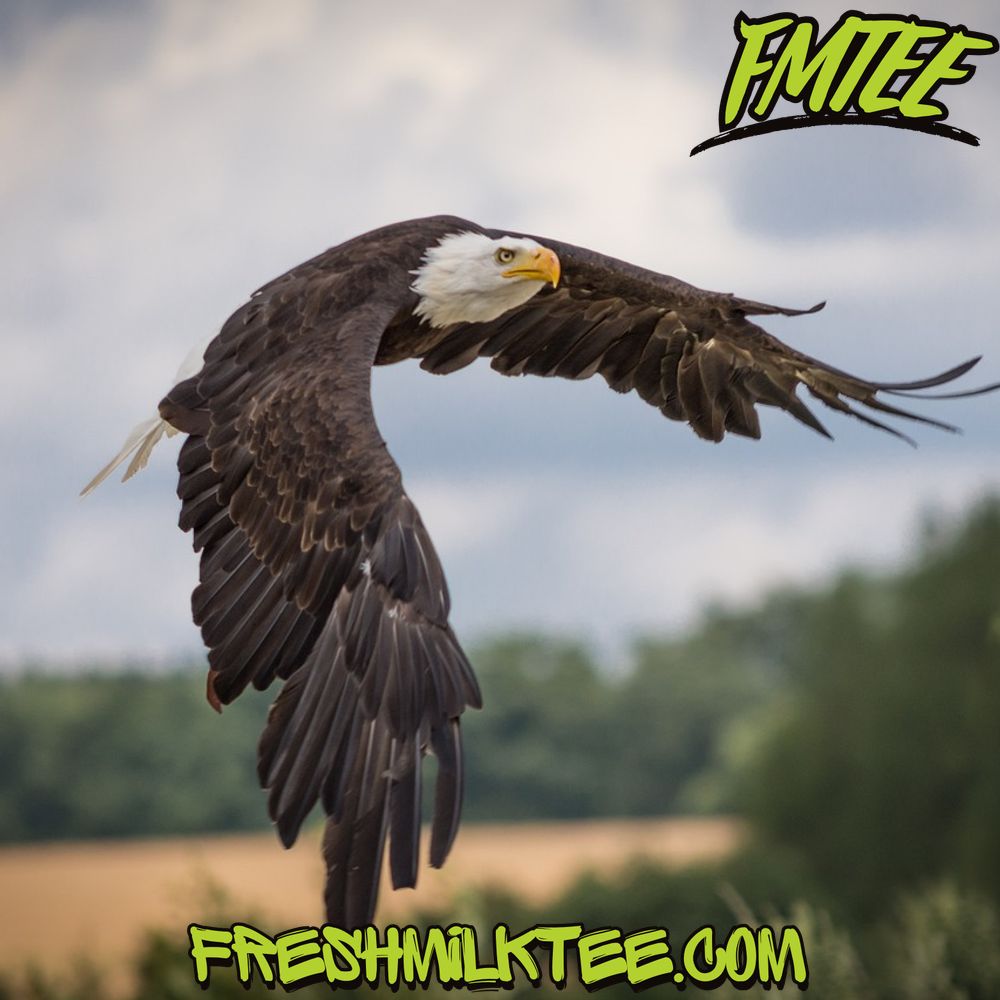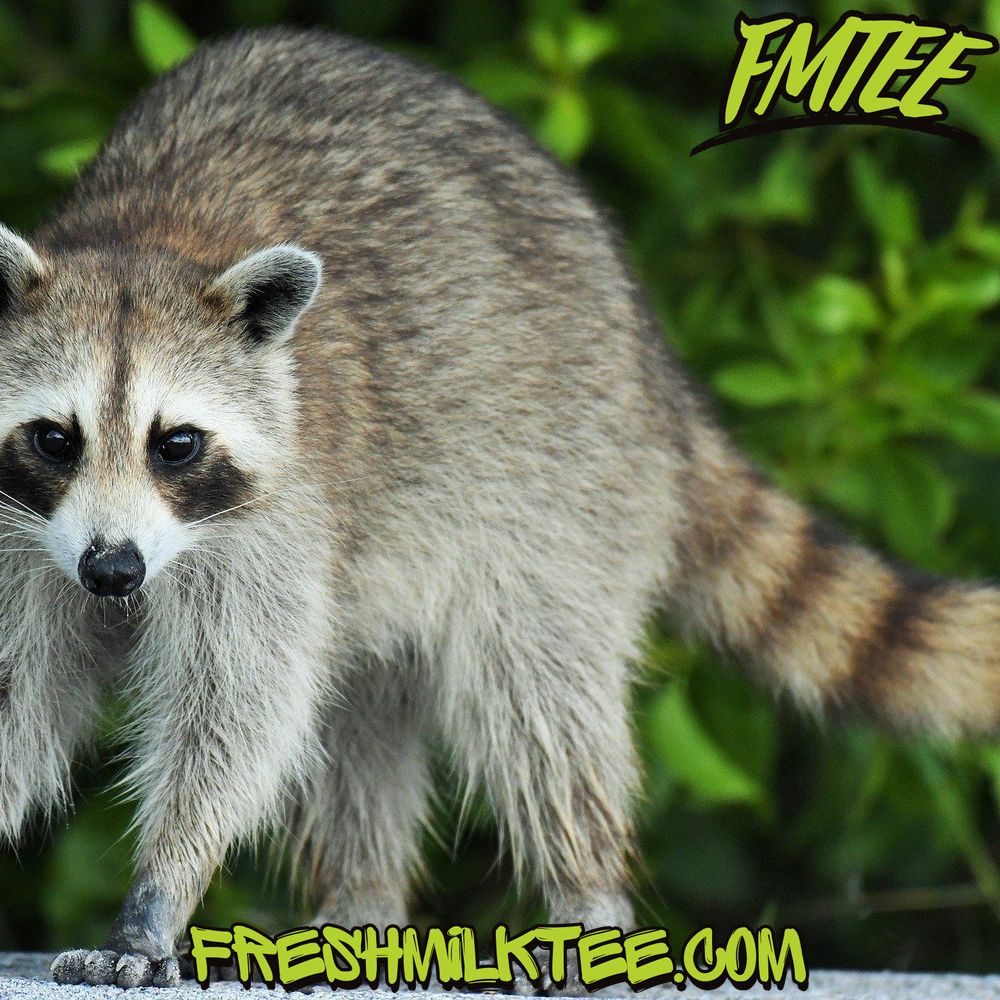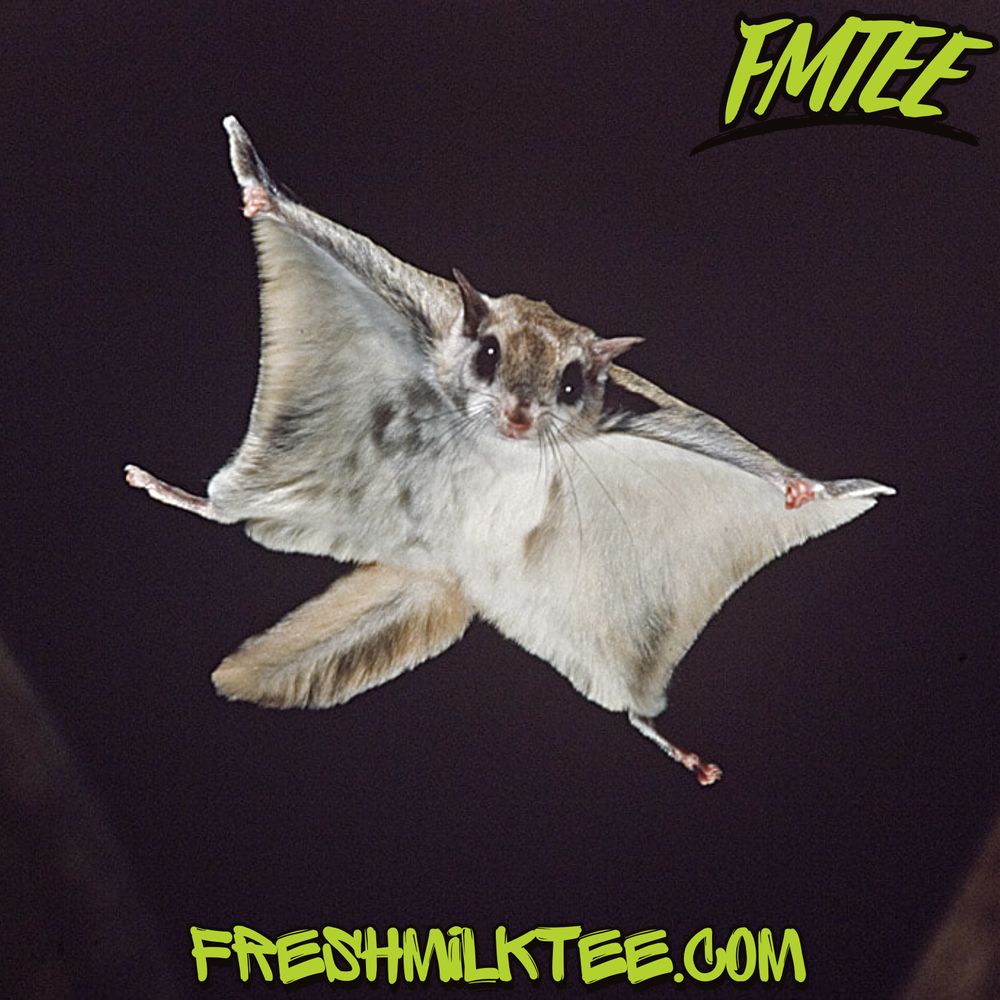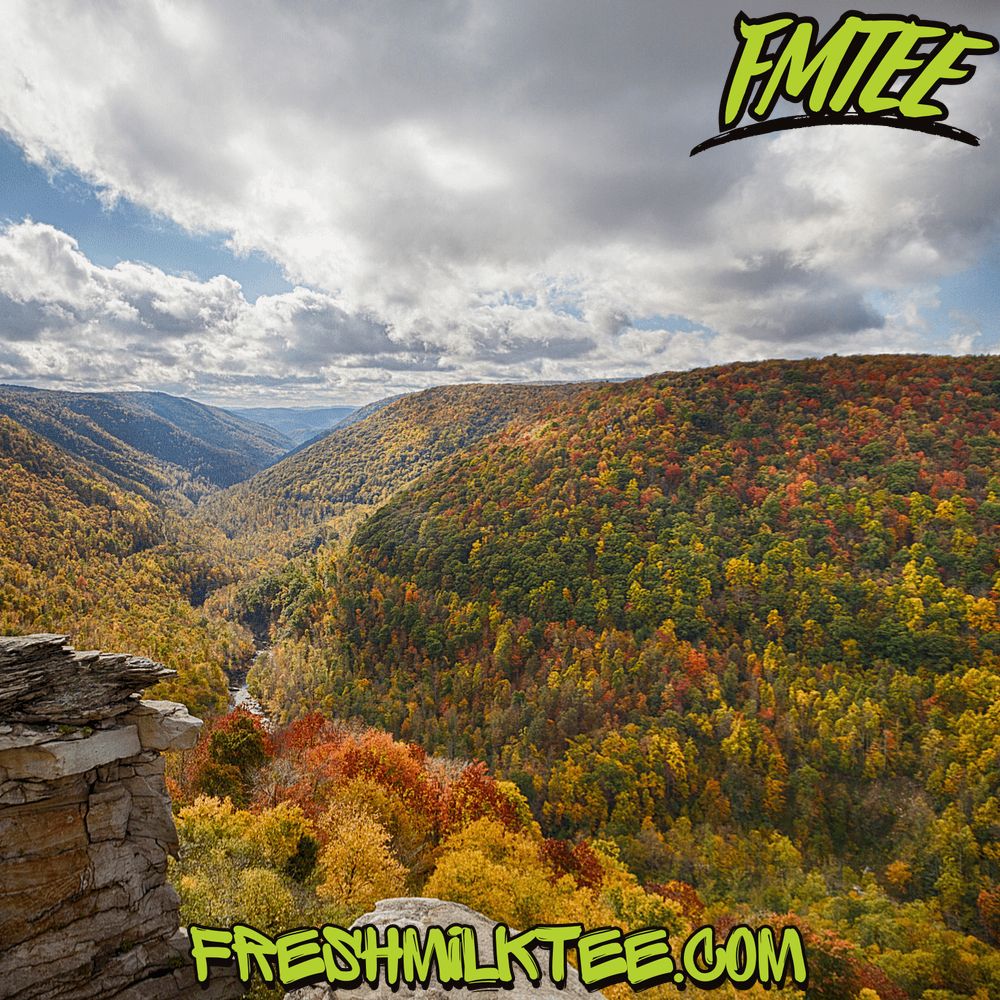Blog
What Animals Live in the Ridge and Valley?
What Animals Live in the Ridge and Valley?
The Ridge and Valley region is one of the most biodiverse areas in the United States, offering unique habitats for a variety of mammals, birds, reptiles, and many other wildlife species. Spanning across parts of the Appalachian Mountains, the Ridge and Valley’s ecological diversity is influenced by its geographical features, which create a variety of different environments that host an array of wildlife. In this article, we will explore the wildlife in Ridge and Valley ecosystems, focusing on the common species and the habitats where they thrive.
Introduction to the Ridge and Valley Region
The Ridge and Valley is a geographical feature that runs through the eastern part of North America, forming a significant part of the Appalachian Mountains. This area is known for its unique topography, characterized by alternating ridges (highland areas) and valleys (lowland areas). The Ridge and Valley ecosystems are crucial for biodiversity, providing various habitats for wildlife to thrive. These regions are rich in forests, streams, rivers, and wetlands, supporting a wide range of species, both common and rare.
In addition to its natural beauty, the Ridge and Valley also plays an essential role in environmental conservation and the study of ecosystems. Understanding the animals that inhabit this region is key to preserving its biodiversity and ensuring that future generations can enjoy the richness of this landscape.
Biodiversity in the Ridge and Valley Ecosystem
The biodiversity in the Ridge and Valley region is highly diverse, as it supports a variety of ecosystems, including forests, wetlands, and riparian zones (areas near rivers or streams). This diverse range of habitats means that a wide variety of species can live and thrive here.
Mammals of the Ridge and Valley
The Ridge and Valley is home to a variety of mammals, from small rodents to larger animals like deer and black bears. Many of these mammals play an important role in maintaining the balance of the ecosystem.
- Common Mammals in the Ridge and Valley: Some of the most common mammals in Ridge and Valley ecosystems include white-tailed deer, foxes, raccoons, squirrels, and opossums. These animals are often found in the forested areas, where they play an important role in controlling insect populations and acting as prey for larger predators.
- Large Mammals: Larger mammals such as black bears, bobcats, and coyotes are also found in the Ridge and Valley region. These predators are an essential part of the food chain, keeping populations of smaller animals in check.
- Small Mammals: Smaller mammals like shrews, mice, and voles are also abundant in the Ridge and Valley. These animals play a significant role in the ecosystem by serving as food for predators and helping to disperse seeds, which supports plant diversity.
To learn more about the mammals in the Ridge and Valley, check out the National Park Service’s page on the topic: Mammals of the Blue Ridge.

Birds in the Ridge and Valley
The Ridge and Valley is also home to a wide variety of bird species, making it a haven for birdwatchers. The region’s mix of forests, wetlands, and open fields provide ample food and nesting sites for numerous bird species.
- Bird Species Commonly Found in Ridge and Valley Habitats: Some of the most common birds found in the Ridge and Valley include the wild turkey, red-tailed hawk, woodpeckers, and songbirds. These birds help maintain the ecosystem by controlling insect populations and dispersing seeds.
- Rare or Endangered Birds: Some rare or endangered bird species are also found in the Ridge and Valley, including the Cerulean Warbler and the Northern Bald Eagle. Conservation efforts in the region focus on protecting these birds and their habitats to ensure they thrive.
To explore birdwatching opportunities and learn about specific species, you can refer to various online resources, such as the National Audubon Society’s birding guides.
Reptiles and Amphibians of the Ridge and Valley
The Ridge and Valley region is home to a variety of reptiles and amphibians, including snakes, frogs, salamanders, and lizards. These species are an important part of the ecosystem as they help maintain balance by controlling insect and small mammal populations.
- Reptile Species in Ridge and Valley: Some of the reptiles commonly found in the region include Eastern Box Turtles, Copperhead Snakes, and Timber Rattlesnakes. These reptiles prefer the warm, rocky ridges of the area and can often be found basking in the sun.
- Amphibians in the Ridge and Valley: Amphibians such as salamanders, frogs, and toads thrive in the moist environments of the Ridge and Valley, especially in the wetlands and stream beds. These amphibians play a crucial role in maintaining the health of the ecosystem by controlling insect populations and serving as food for higher predators.
To learn more about specific amphibians in the Ridge and Valley, check out the Virginia Department of Wildlife Resources’ page on the Valley and Ridge Salamander: Valley and Ridge Salamander Information.
Insects and Other Wildlife in the Ridge and Valley
Insects are a vital part of the Ridge and Valley ecosystem, contributing to pollination and being a primary food source for many other animals. The region’s forests, meadows, and wetlands support a wide range of insect species.
- Types of Insects Found in Ridge and Valley: Common insects in the Ridge and Valley include beetles, butterflies, moths, and dragonflies. These insects help pollinate plants, aiding in the reproduction of native flora, and act as food for birds, reptiles, and small mammals.
- Other Wildlife: The region also supports a variety of other small wildlife, including fish in the streams and rivers, and bats that help control insect populations. These animals play critical roles in maintaining ecological balance.

Unique Habitats in the Ridge and Valley
The Ridge and Valley region offers a variety of habitats that support different species. These habitats include dense forests, riparian zones, and wetlands that offer shelter and food for wildlife.
Forest Habitats in the Ridge and Valley
The forests of the Ridge and Valley are rich in biodiversity, providing food, shelter, and breeding grounds for many species of mammals, birds, and insects. These forests are also home to numerous plant species that contribute to the overall health of the ecosystem.
- The Role of Forests: Forests in the Ridge and Valley provide shelter for many species of wildlife and help maintain a healthy water cycle. They act as carbon sinks, absorbing CO2 and playing an essential role in combating climate change.
Streams and Rivers: Aquatic Animals in the Ridge and Valley
The streams and rivers that run through the Ridge and Valley are home to a variety of aquatic animals, including fish, frogs, and invertebrates. These bodies of water provide essential habitat for species that rely on fresh water to survive.
- Common Aquatic Species: Species such as the Brook Trout, Eastern Hellbender Salamander, and mud turtles are commonly found in the streams and rivers of the Ridge and Valley. These animals help maintain the health of the aquatic ecosystem by controlling algae growth and feeding on smaller organisms.
Wetlands and Riparian Zones
Wetlands and riparian zones (areas next to streams or rivers) are home to many amphibians, birds, and insects. These areas are vital for maintaining biodiversity, as they provide habitats for species that need moist environments to thrive.
- Conservation of Wetlands: Efforts to protect wetlands are essential for maintaining the overall health of the Ridge and Valley ecosystem. These areas are increasingly threatened by human development, and conservation programs are in place to protect them.
Common and Rare Animal Sightings in the Ridge and Valley
In the Ridge and Valley region, wildlife sightings can vary greatly depending on the time of year and the habitat being explored.
Popular Wildlife Sightings in the Ridge and Valley
Some of the most popular wildlife sightings include the black bear, white-tailed deer, and wild turkey. These animals are often spotted by hikers, campers, and nature enthusiasts exploring the forests and fields of the region.
Rare Species and Their Habitats
While some species are common in the Ridge and Valley, others are rare and can be more difficult to spot. Endangered species such as the Eastern Hellbender Salamander and the Cerulean Warbler are examples of animals that require protection to ensure their survival.
How to Spot Different Animals in the Region
If you’re interested in wildlife observation, the best way to spot animals is to visit wildlife reserves and national parks within the Ridge and Valley. Many of these areas offer guided tours, and you can find local tips and advice for spotting specific species.
Wildlife Observation and Outdoor Activities in the Ridge and Valley
The Ridge and Valley region offers a wealth of outdoor activities for nature lovers, including hiking, camping, and wildlife observation. The diverse range of habitats and ecosystems makes it a prime destination for these activities.
Best Places for Wildlife Observation in the Ridge and Valley
Some of the best places for wildlife observation in the Ridge and Valley include Great Smoky Mountains National Park, Shenandoah National Park, and Cumberland Gap National Historical Park. These parks are known for their rich biodiversity and offer excellent opportunities for wildlife sightings.
Outdoor Activities: Hiking, Camping, and Wildlife Tracking
For those looking to experience the Ridge and Valley’s wildlife up close, hiking and camping are some of the best ways to explore the region. Additionally, wildlife tracking is a popular activity that allows visitors to see animal tracks and learn more about the animals that inhabit the area.
Conclusion: The Future of Wildlife in the Ridge and Valley
The Ridge and Valley region is a treasure trove of biodiversity, and its wildlife is a vital part of the ecosystem. However, the region faces numerous challenges, including habitat loss and the impact of climate change. Efforts to protect the region’s wildlife and ecosystems are essential to ensuring that future generations can continue to enjoy the rich variety of species found here.
By engaging in conservation efforts, educating the public, and participating in wildlife protection programs, we can ensure that the Ridge and Valley remains a vibrant, thriving habitat for animals for many years to come.

Frequently Asked Questions (FAQ)
1. What types of animals live in the Ridge and Valley?
The Ridge and Valley region is home to a diverse range of animals, including mammals like white-tailed deer, black bears, and coyotes, birds like turkeys and hawks, and reptiles and amphibians like snakes and salamanders.
2. Where can I see wildlife in the Ridge and Valley?
Wildlife can be observed in various national parks and nature reserves, such as the Great Smoky Mountains and Shenandoah National Park.
3. Are there endangered species in the Ridge and Valley?
Yes, the Ridge and Valley is home to several endangered species, such as the Eastern Hellbender Salamander and the Cerulean Warbler.
4. How can I contribute to wildlife conservation in the Ridge and Valley?
You can support wildlife conservation efforts by volunteering with local organizations, donating to environmental charities, and practicing sustainable outdoor activities.

